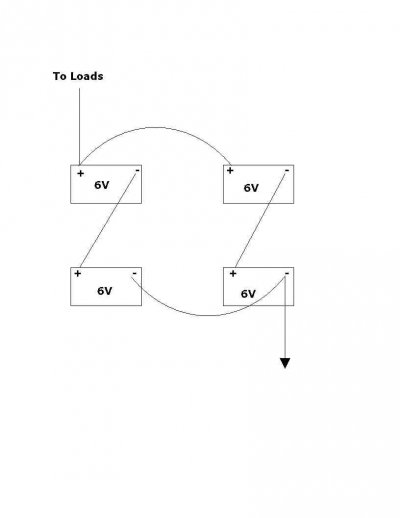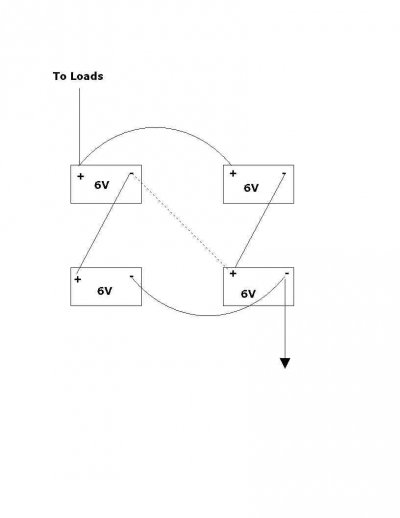hes4all
Well-known member
I have a 2006 Newmar Mountain Aire that Have 4 6 volt house batteries. I do a lot on boon dock camping and I would like to get some help if possible with the batteries. As of now, I have Interstate u2200 batteries and I am changing to AGM Lifeline batteries. The guy with Lifeline asked what I do and is said I should try to add a few batteries even with the AGM's. I can move my start batteries to make room for 2 more 6 volt. But I will I hook them up? I know it is probably really simple, but I want to get it right and hea your thoughts.
http://i190.photobucket.com/albums/z290/hes4all/batteries.jpg
http://i190.photobucket.com/albums/z290/hes4all/batteries.jpg


